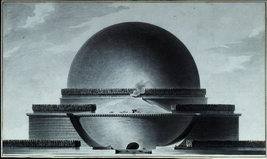
Boulée Cenotaph for Newton
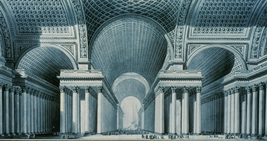
Boulée Biblioteque Nationale
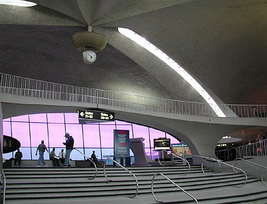
Saarinen TWA Terminal
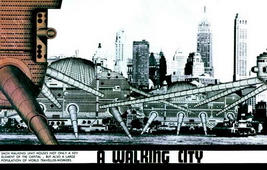
Ron Herron Walking City
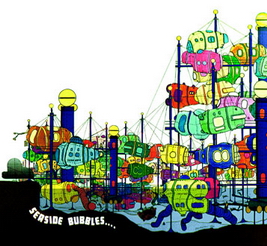
Archigram Rendering
University of Waterloo
School of Architecture
Arch 443 / 646
Architecture
and Film 2005:
Environments in Zero Gravity
VISIONARY ARCHITECTURE:

Boulée Cenotaph for Newton

Boulée Biblioteque Nationale

Saarinen TWA Terminal

Ron Herron Walking City

Archigram Rendering
Defying Gravity: Space Architecture in Film Environments
Visionary Architecture:
Within the profession and practice of architecture, there have been various venues for challenging both gravity and science. The Visionary Architects of the 1700s, such as Etienne Louis Boullée, adopted a two-dimensional, painterly solution to the proposition of unbuilt (unbuildable?) architecture. Had reinforced thin shell concrete been invented 100 years earlier, Boullée’s Centotaph for Newton or Biblioteque Nationale might have been able to be constructed, rather than looking to future possibilities or dreams. Saarinen’s TWA and Dulles Terminals both attest to the possibility. These works, had they been presented as renderings two hundred years earlier, would have been deemed unconstructable.
Whereas the extraordinary vision of architecture that drove the work of Boullée simply stretched the structural capacity of the traditional materials of the time, the excited musings of Archigram and friends during the 1960s proposed architectural alternatives that questioned everything, from the materiality and mechanical systems proposed, down to the static location of urban environments. Ron Herron’s “Walking City” remains quite unrealizable in real buildable terms, but would not be beyond the capabilities of any CGI unit at Lucas Film or the animation team at Studio Ghibli, as recently shown in the 2005 film “Howl’s Moving Castle”, based upon the novel by Diana Wynn Jones. Howl's Moving Castle brings a magical Walking House to life, in perhaps more realistic, although animated style, as was represented by Herron's renderings.
Where Herron’s static illustrations may give rise to dynamic architectural dreams, CGI technologies and even classic animation can put these images into real time motion. The view from the “outside” can be replaced by the potentially realistic experience of the virtual spaces.
Film gives us the rare three-dimensional opportunity to completely question all that has come to be accepted in terms of the language of architecture as well as architectural and historic convention. It allows for educated speculation on what may have been in the past, and what the world of the future might become. Current film technologies provide such a high degree of realism in the product, that architectural education can use these films as vehicles for critical discussion of the ethos of these environments. Much like, and yet experientially speaking, well beyond the efforts of the Visionary architects of the 18th century, film can create visions of realistic feeling environments that can be used to reinvent the meaning and defining factors of architectural expression.
The creation of visionary works of art and architecture often arises at times when cultural, political or technological influences impose restrictions on creative works. Etienne-Louis Boullée and C.N. Ledoux ceased to build when Napoleanic pressures left them without patrons that were permitted to construct. Archigram’s illustrations exhibited a frustration with the technological limits placed on construction, in a period of burgeoning ideas and rapid growth.
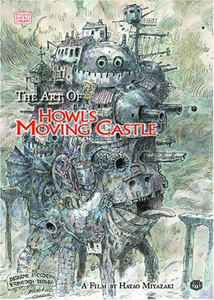
Much the same as visionary works of art and architecture, film has been used since its invention to provide societies with means to escape reality. Through the decades of the past century, film can be seen to reflect the economic, cultural and political pulse of the people. This did not always indicate “alignment”. Fantasy films were popular during the Great Depression when day to day living was lacking in optimism.
The "Star Wars Saga" was a purposeful fantasy based deviation from the hard and serious presentation of space authored by Stanley Kubrick in "2001: A Space Odyssey". The gritty action packed stories behind Outland and Total Recall can be seen to lie somewhere between these two extremes. Yet all of these films give us an architecturally visionary approach to understand these incredibly foreign environments.
| gravity index |